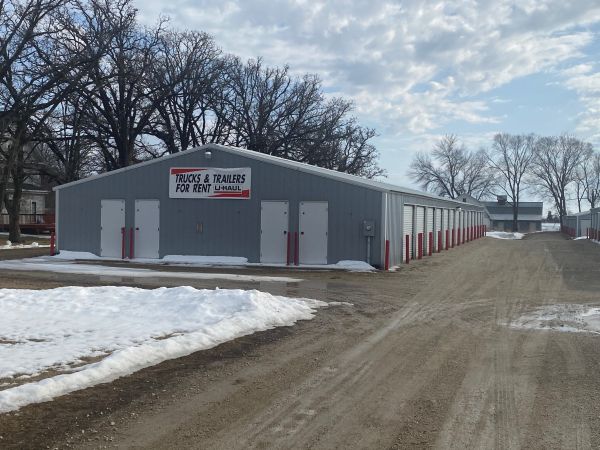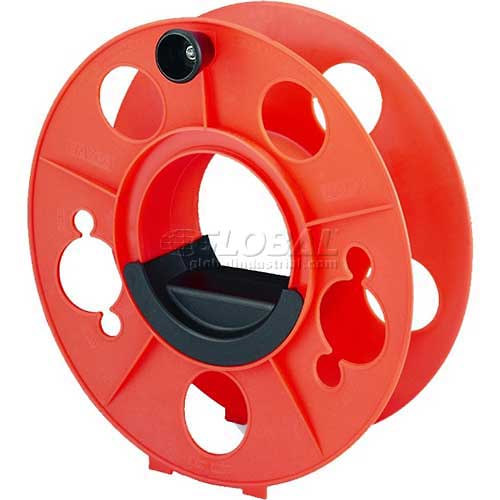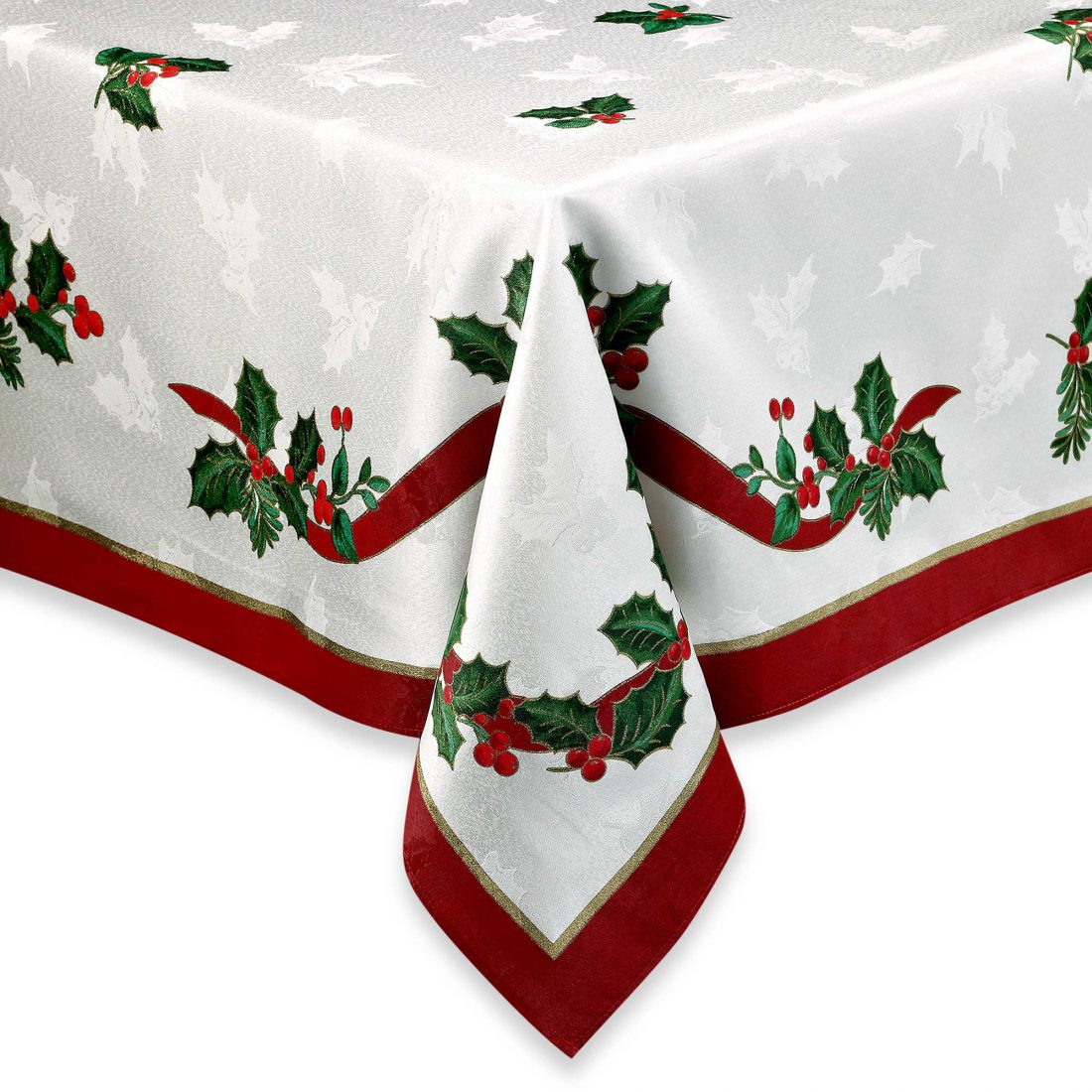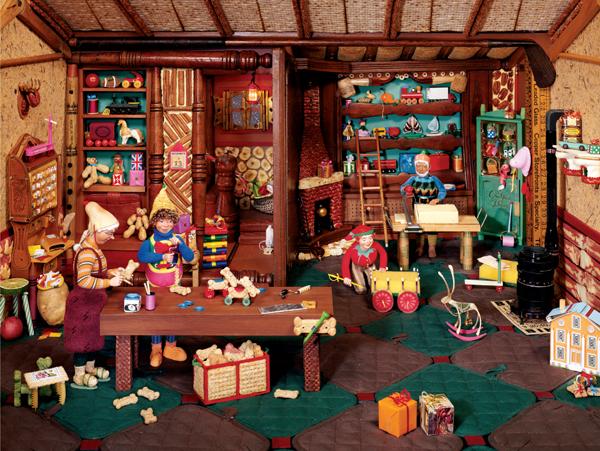
Here are some practical tips for college students who need to use self-storage:
1. Plan Ahead
- Evaluate Needs: Assess how much space you need. List items you plan to store to choose an appropriately sized unit.
- Research Options: Look for storage facilities near your campus. Compare prices, security features, and access hours.
2. Pack Smartly
- Use Uniform Boxes: Same-size boxes stack better and maximize space.
- Label Everything: Clearly label boxes on all sides to easily identify contents.
- Disassemble Furniture: Take apart larger items like beds and desks to save space.
- Use Vacuum Bags: For clothing and bedding, vacuum bags can reduce volume and create more space.
3. Organize Efficiently
- Create an Inventory List: Keep a detailed list of stored items for easy reference.
- Prioritize Access: Store frequently used items near the front of the unit.
- Stack Strategically: Place heavier items at the bottom and lighter, fragile items on top.
4. Optimize Space
- Use Shelving Units: Portable shelves can help organize and maximize vertical space.
- Fill Gaps: Use empty spaces inside furniture (like drawers) to store smaller items.
- Store Vertically: Use the full height of the unit by stacking items and using vertical space efficiently.
5. Ensure Security
- Choose Secure Facilities: Look for units with good security features such as surveillance cameras, gated access, and on-site staff.
- Use Quality Locks: Invest in a sturdy, high-quality lock to secure your unit.
6. Consider Climate Control
- Climate-Controlled Units: For sensitive items like electronics, musical instruments, or important documents, consider a climate-controlled unit to prevent damage from temperature fluctuations and humidity.
7. Mind Access Hours
- Check Accessibility: Ensure the facility’s access hours align with your schedule. Some offer 24/7 access, while others have restricted hours.
8. Save Costs
- Look for Student Discounts: Many storage facilities offer discounts for students. Always ask!
- Share with Friends: If possible, share a storage unit with friends to split the cost.
- Book Early: Reserve your unit early, especially during peak times like the end of the semester, to avoid price hikes and limited availability.
9. Consider Insurance
- Check Coverage: See if your items are covered under your parent’s homeowner’s insurance or your renter’s insurance.
- Purchase Additional Insurance: Some storage facilities offer insurance plans. Consider purchasing if your items are valuable.
10. Prepare for Long-Term Storage
- Protect Against Pests: Use pest repellents and avoid storing food or perishable items.
- Cover Items: Use covers or blankets to protect furniture from dust.
By planning ahead and organizing effectively, college students can make the most of their self-storage units while ensuring their belongings remain safe and accessible.












